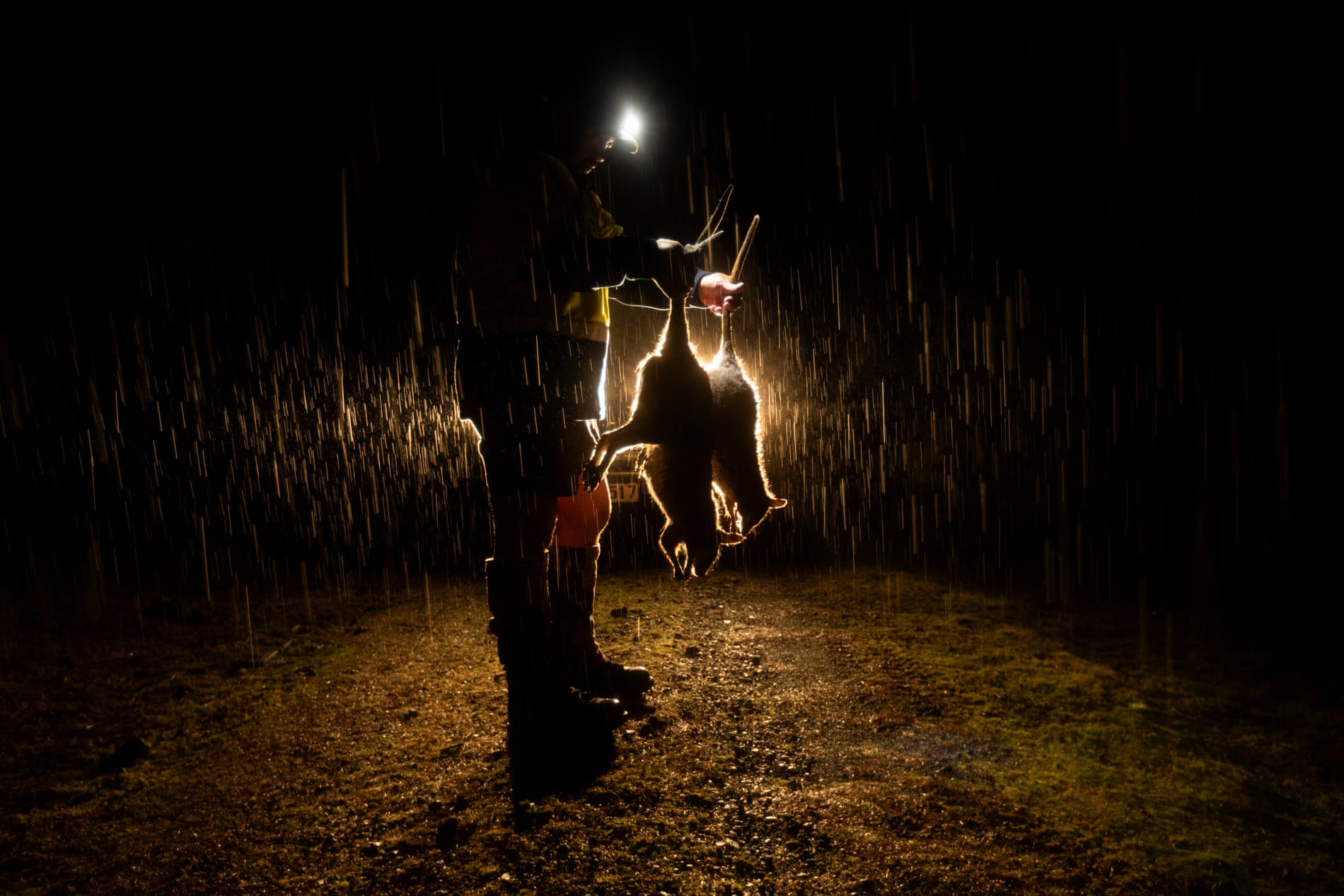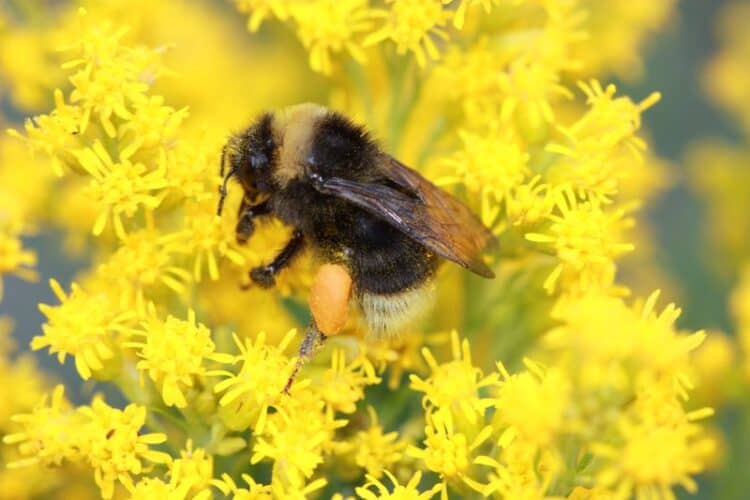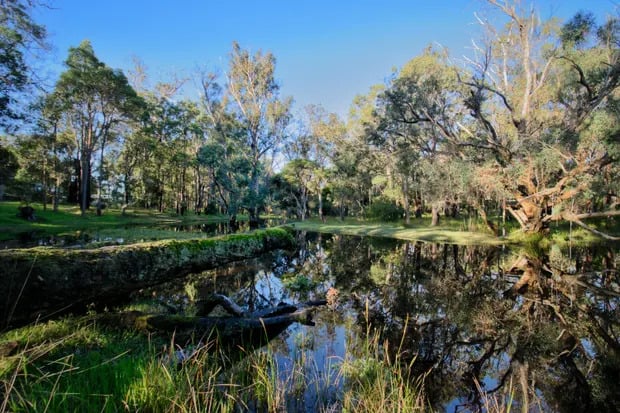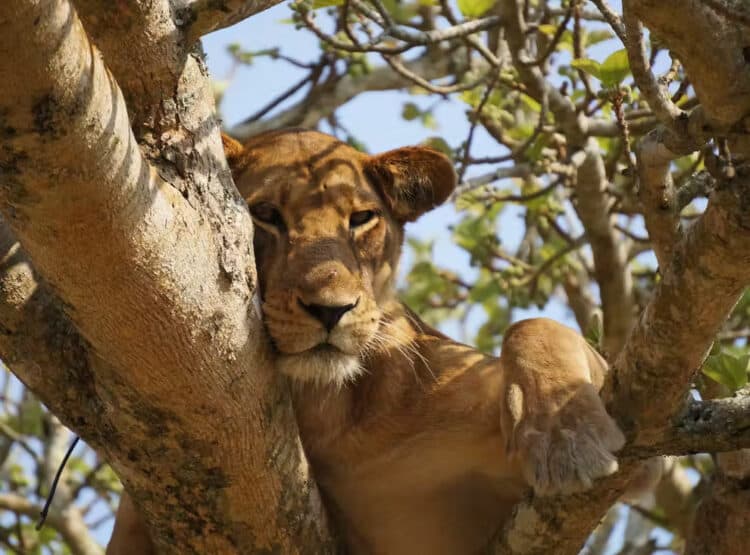When an outbreak of sylvatic plague decimated black-tailed prairie dog numbers in the Thunder Basin National Grassland in 2017, researchers saw an opportunity to explore the impact of the rodents’ die-off on the plants and other wildlife in that area of northeast Wyoming.
The results were astounding, showing how a keystone species plays a critical role in maintaining a balanced ecosystem.
The study, led by Courtney Duchardt, an assistant professor in Oklahoma State University’s Department of Natural Resource Ecology and Management, found that the prairie dogs played a vital role in creating essential grassland habitats for numerous species while also serving as prey for several predators.
The research, published in the journal Ecological Applications, highlights the severe conservation challenges caused by disease-induced loss of keystone species in the Great Plains grasslands.
Black-tailed prairie dogs now occupy a small fraction of their historical range. They are considered a nuisance in some areas because of their capacity to compete with livestock for forage.
They are also highly susceptible to sylvatic plague, a non-native pathogen introduced to North America in the early 1900s. T
he combined pressures of disease, habitat loss, and control efforts have resulted in declines in associated wildlife species.
These include birds such as burrowing owls, mountain plovers, raptors, swift foxes, coyotes, and badgers.
The study, conducted from 2015-19 in the Thunder Basin grassland, may be the first to specifically examine the multispecies impacts of a wide-scale plague outbreak, which reduced the area covered by prairie dog colonies from nearly 25,000 acres to only about 125 acres in the study area.
The 2017 outbreak was followed by abnormally high precipitation in 2018, which caused vegetation to grow quickly and taller without the presence of prairie dogs. The researchers found that the mountain plover, a bird that thrives when vegetation is kept shorter by prairie dogs, almost disappeared from the study area. At the same time, migrant songbirds such as the lark bunting, prefer taller vegetation, which increased in number.
Meanwhile, species, including ferruginous hawks, badgers, and swift foxes, declined dramatically as their prey base crashed. The researchers say that, while plants and animals in Great Plains grasslands historically have been subject to variations in precipitation and other factors, the boom-and-bust cycles are likely to “destabilize” the ecosystems further.
During the boom portion of the cycle, the capacity of prairie dogs to compete with livestock for available forage makes the rodents a nuisance. But the bust portion of the cycle could be better for producers too. The unpredictability of these cycles makes it difficult for agricultural producers to capitalize on additional forage.
This research highlights the importance of prairie dogs in maintaining a balanced ecosystem and the need to protect them from disease and habitat loss. We must support efforts to predict prairie dog boom-and-bust cycles to help ensure biodiversity conservation. As stewards of the land, we must take action and protect these critical species.
This article by Nicholas Vincent was first published by OneGreenPlanet on 5 February 2023.
What you can do
Support ‘Fighting for Wildlife’ by donating as little as $1 – It only takes a minute. Thank you.
Fighting for Wildlife supports approved wildlife conservation organizations, which spend at least 80 percent of the money they raise on actual fieldwork, rather than administration and fundraising. When making a donation you can designate for which type of initiative it should be used – wildlife, oceans, forests or climate.







Leave a Reply